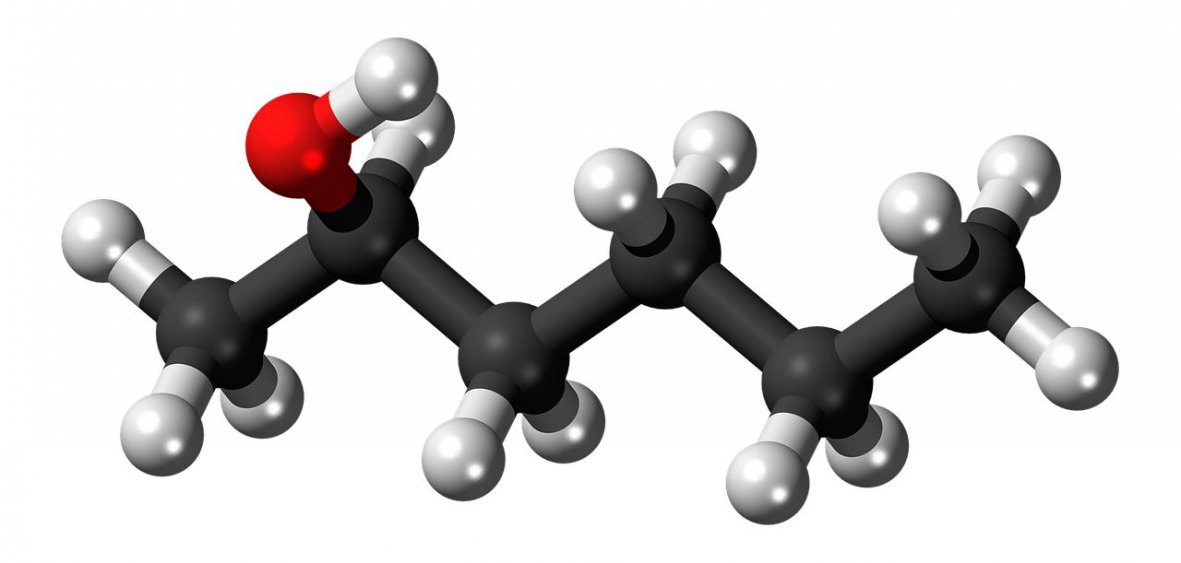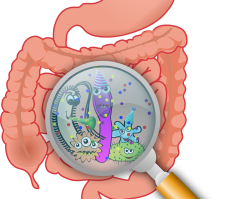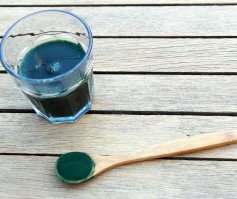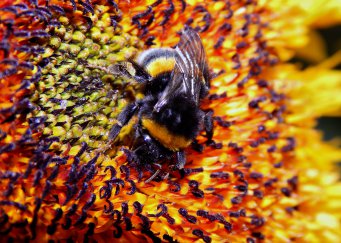 What is orthomolecular medicine? It is a discipline that complements traditional treatment. As Prof. Linus Carl Pauling noted in the Science magazine of 1968. "orthomolecular medicine focuses on maintaining good health and supporting the treatment of diseases and conditions by changing the concentration of substances that naturally occur in the human body and are responsible for its rapid recovery.
What is orthomolecular medicine? It is a discipline that complements traditional treatment. As Prof. Linus Carl Pauling noted in the Science magazine of 1968. "orthomolecular medicine focuses on maintaining good health and supporting the treatment of diseases and conditions by changing the concentration of substances that naturally occur in the human body and are responsible for its rapid recovery.
Orthomolecular medicine in a few words
The adjective "orthomolecular" comes from two words:
- orthos (u.gr.) - means correct, appropriate
- molecule (Latin) - molecule
The demand of people suffering from various diseases for vitamins, amino acids, amino acids, amino sugars or other compounds may differ diametrically from each other. The sick organism also differs in its needs from the healthy organism. Orthomolecular medicine is based on the qualitative and quantitative adjustment of nutrients that are needed by an organism in a particular state.
The task of orthomolecular medicine is to provide the body with a daily dose of micronutrients, including vitamins, microelements, enzymes in such a quantity that will allow to maintain its efficiency, resistance and endurance. It is important that this discipline allows the use of megaddoses of certain ingredients if the state of the body so requires.
Prevention and treatment in one
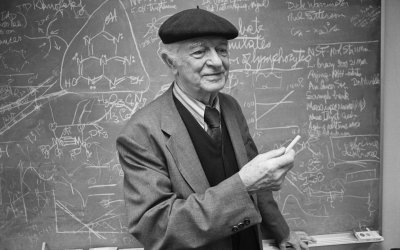 The precursor of this discipline, two-time Nobel Prize winner, Linus Carl Pauling described orthomolecular medicine as "allowing to maintain good health through the use of different concentrations of substances that naturally occur in the body".
The precursor of this discipline, two-time Nobel Prize winner, Linus Carl Pauling described orthomolecular medicine as "allowing to maintain good health through the use of different concentrations of substances that naturally occur in the body".
It is designed to help prevent disease, prolong life, improve health, and integrate the psyche and physical side of our body. Prophylaxis and treatment are treated here as a coherent system of actions. Health condition and diseases are inseparable, and the process of disease changes begins much earlier than the first symptoms. According to orthomolecular medicine, even people with advanced stages of disease can improve their condition, even with diseases considered incurable.
As a result of ongoing research, it has been proven that maintaining a healthy body is not only dependent on vitamins, trace elements or minerals, but also on nutrients such as essential fatty acids and probiotics. It has been noted that these ingredients play a very important role in the process of protection and restoration of health.
At the same time, it should be noted that micronutrients do not act independently, in a way in isolation from the rest of the other values supplied to the body. On the contrary, they combine in metabolic processes, complement each other or strengthen their action. In a healthy body, all ingredients are supplied in sufficient quantities to create an effective barrier to disease development.
Nutrients in orthomolecular medicine
Both simple and complex substances remain in the interest of orthomolecular medicine. Among them one can mention:
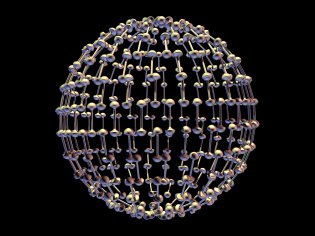 - vitamins,
- vitamins,
- trace elements,
- minerals,
- essential unsaturated fatty acids,
- amino acids and amino sugars,
- compounds of plant origin,
- Proteolytic enzymes,
- pro- and prebiotics.
The human body is able to produce a large part of the compounds necessary for life on its own. Unfortunately, this is not always the case, which is why it is necessary to provide certain substances together with food. What we eat and in what amounts has a decisive influence on our health. This issue remains particularly important during a period of illness when the body is weakened or exposed to exceptional strain (stress, strenuous physical work, etc.).
Dosage of nutrients in orthomolecular view
Nutrients such as vitamins, fatty acids, enzymes and other substances derived from food take an active part in supplying the body with energy, maintaining it in good health and preventing disease. According to recent studies, the same values can contribute to recovery when the disease has already attacked the body. Propagators of orthomolecular medicine prove that even in severe cases, the disease may hinder its expansion and even give way if the appropriate dosage of nutrients is applied.
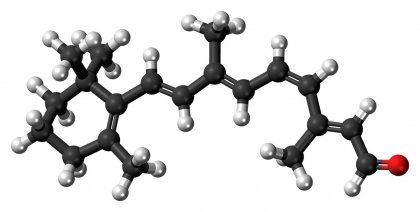
By reading the recommended daily intake of certain vitamins, minerals and other nutrients, we recognize the daily needs characteristic for a healthy body. The body affected by the disease has different (usually higher) needs in relation to certain substances. Therefore, in orthomolecular medicine the so-called megadosage is sometimes used, and attention is also paid to reduce the risk of toxic effects of some molecules to a minimum.
Orthomolecular medicine assumes full cooperation with the human body. It is based on providing the body with only those substances that are present in its natural state. The amounts consumed should correspond to the individual needs of the body.
Proponents of this field of science point out the difference between orthomolecular medicine and traditional medicine. The latter reduces the symptoms of diseases, while orthomolecular medicine prevents their occurrence and cures the causes, not the effects.
Rice komosa and orthomolecular medicine
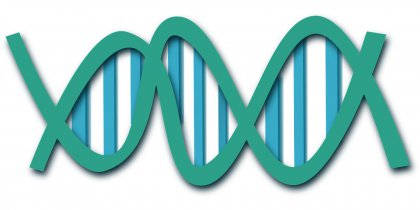 Rice comosa germs are a particularly valuable substance in the body. This plant comes from South America. Among the cereals it has the highest content of proteins and minerals, it should be added that it is a rice comosa does not contain gluten.
Rice comosa germs are a particularly valuable substance in the body. This plant comes from South America. Among the cereals it has the highest content of proteins and minerals, it should be added that it is a rice comosa does not contain gluten.
The richness of the rice comosa is also influenced by the presence of amino acids (lipazine, tryptophan, methionine, cystine), linoleic acid, calcium, zinc, potassium, sodium, magnesium, manganese, copper, phosphorus, iron, B group vitamins and vitamin E.
The consumption of rice comosa embryos is recommended, especially in the case of weakened body or increased demand for nutrients, e.g. due to increased effort.
Concentrated rice comosa embryos contained in PANMOL®-B-KOMPLEX preparations provide the most essential nutritional values. They are obtained according to a patented method. Thanks to special treatments, it is possible to extract 500 times higher doses of essential substances from four-day embryos than is the case with traditional methods.

